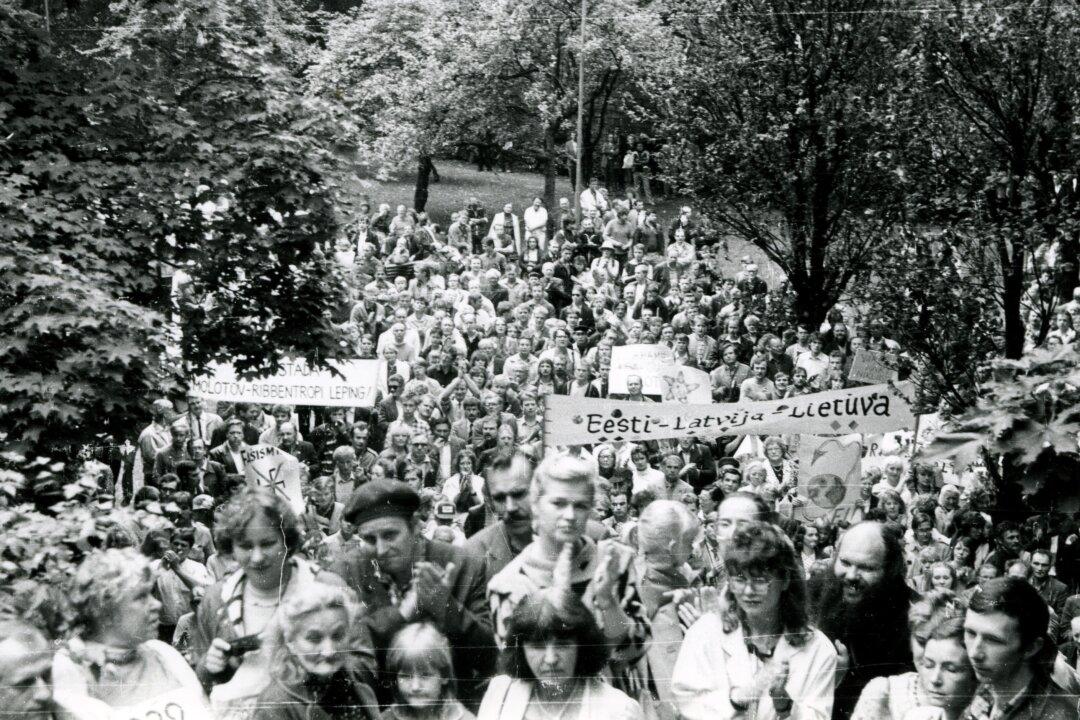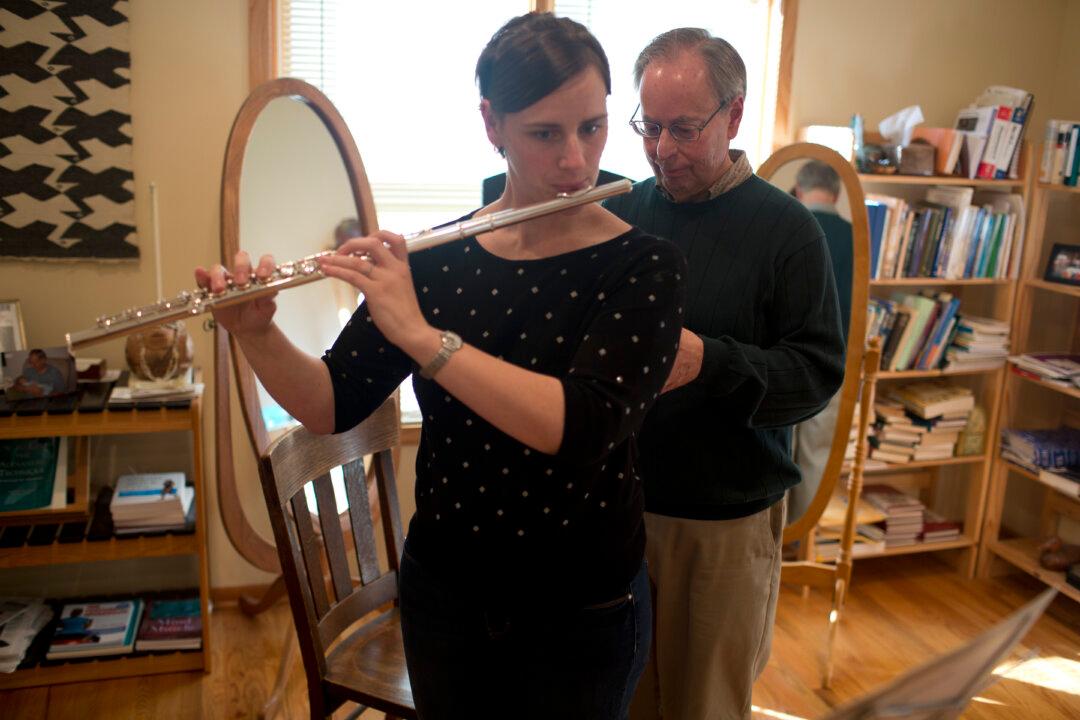The idea of working with the blind was not one of Mr. Pinto’s goals—it just happened naturally. One day in 1995, while he was teaching a computer/music class at Pierce College in Los Angeles, a blind music student accidentally walked into one of his classes. He was curious whether the student could learn to use the computer to record and edit music as other musicians do nowadays.
“I looked deeply into the existing resources and found there was a great need. So I began the process of designing and creating software that would finally make it possible for blind musicians to use computers to create music just as their sighted peers do.”
Braille music notation
In order for one to be able to read music notation, the musician must see it or at least feel it. While sighted musicians use written notation, blind musicians rely on Braille music notation. Braille is a special code that corresponds exactly to print music. It can be read with one hand, but can be read faster with two hands.
Blind people can be taught with or without Braille music.
“In general, blind musicians have better ears than their sighted counterparts. So they will learn more often by ear than a sighted musician would. However, if the blind musician is learning classical music, then reading the Braille music is just as important to them as [to] the sighted, because classical music requires an extreme attention to detail. On the other hand, if the music is not classical, and the blind musician has a good ear, then reading the Braille music won’t be as much of a necessity.”





